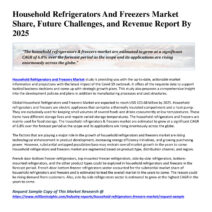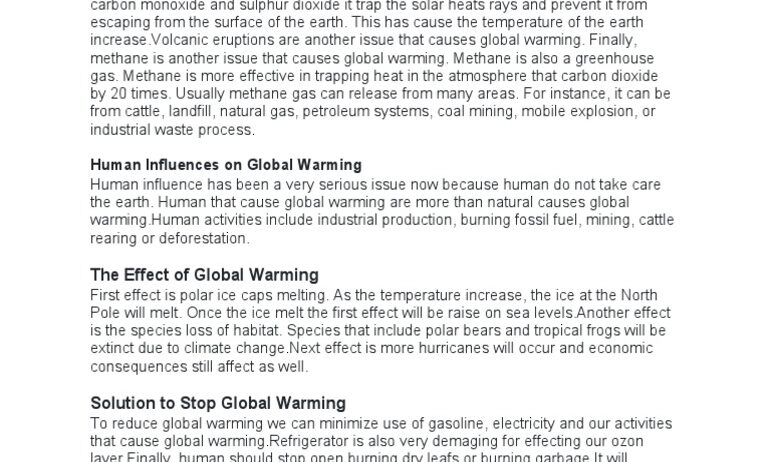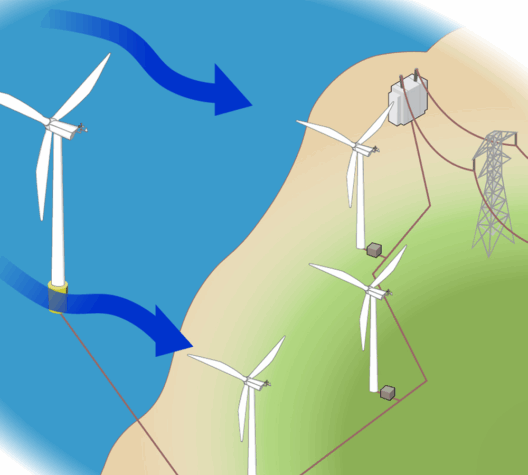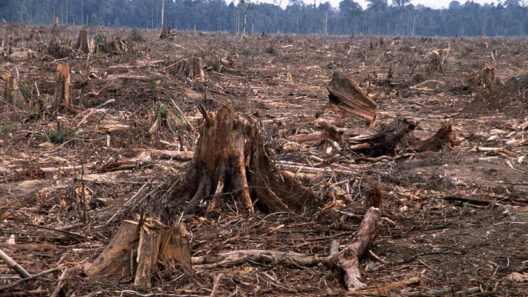The discussion surrounding global warming often resembles an intricate tapestry, woven from both natural phenomena and human activity. Each strand plays a crucial role in shaping our planet’s climate narrative. Understanding these contributing factors is essential for comprehending the deeper implications of a changing environment.
The interplay between human actions and natural processes is complex, yet it is fundamentally important to distinguish between the two. While natural forces have historically influenced climate patterns, the unprecedented scale of recent changes can primarily be attributed to anthropogenic influences. Let’s delve into these various causes of global warming, unraveling the intricate dynamics at play.
Understanding Human Contributions to Global Warming
Human activities act as a significant catalyst in the narrative of global warming. The industrial revolution marked a pivotal shift where fossil fuel consumption skyrocketed. The erupting engines of industry began emitting vast quantities of greenhouse gases (GHGs), particularly carbon dioxide (CO2) and methane (CH4). These gases create a thickening layer in the Earth’s atmosphere, operating much like a blanket that traps heat. The result? A slow yet inexorable increase in global temperatures.
The burning of fossil fuels for energy is the prime suspect in this process. Traditional power plants, vehicles, and factories continue to pour immense volumes of CO2 into the atmosphere, exacerbating the greenhouse effect. Moreover, deforestation and land-use change amplify these emissions, as trees, which normally act as carbon sinks, are removed at an alarming rate. This dual tyranny—emission by burning and removal by cutting—magnifies the challenge we face.
The role of agriculture cannot be overstated either. Cattle farming generates significant methane emissions due to enteric fermentation and manure management. Additionally, agriculture contributes to nitrous oxide emissions, another potent greenhouse gas. The metamorphosis of our diets, especially with increased meat consumption, propels this issue further. The earth groans under the weight of these agricultural practices, which often overlook sustainable approaches.
Industrial processes also add layers to this dilemma. Many of them release fluorinated gases, which, while less prevalent than CO2, possess a higher global warming potential. These substances are often used in refrigeration, air conditioning, and manufacturing. The irony lies in the innovation intended to enhance human comfort inadvertently contributing to climate instability.
The Natural Factors Influencing Global Warming
While human activities dominate recent discussions, natural elements also contribute to climate fluctuations. Factors such as solar radiation, volcanic activity, and natural greenhouse gas emissions play integral roles. The Earth’s climate system is a delicate balance of these forces, constantly influenced by the celestial mechanics governing our planet’s trajectory through space.
Solar variation is one such natural phenomenon, with the sun’s output fluctuating in cycles over decades. Though its effect on recent global warming is debated, historical data shows that solar cycles have had significant impacts on Earth’s climate in the past. This creates an ongoing dialogue among scientists regarding the extent to which solar activity influences current warming trends.
Volcanic eruptions present another fascinating aspect of natural climate change. While major eruptions can spew ash and sulfur dioxide into the stratosphere, leading to cooling effects in the short term, they also release significant amounts of carbon dioxide over extended periods. Consequently, the warming influence of carbon emissions can eventually overshadow the cooling effects of ash and sulfates.
Natural emissions of greenhouse gases from wetlands, permafrost, and oceans further add complexity to the climate narrative. These sources can release vast amounts of CO2 and methane in response to changes in temperature and ecological conditions. As global temperatures rise, it creates a feedback loop where naturally stored greenhouse gases enter the atmosphere, aggravating the problem. Therefore, the interconnectedness of natural and anthropogenic sources becomes starkly apparent.
Interconnecting Threads: The Synergy of Natural and Human Forces
Simplistically categorizing the causes of global warming into human and natural realms undervalues their intricate interactions. The synergy between human-induced emissions and natural climate dynamics culminates in a multifaceted challenge for modern society. Anthropogenic factors can exacerbate natural processes, leading to rapid changes previously unseen in geological history.
A poignant metaphor for this relationship is that of a delicate orchestra, where human actions are the musicians playing an increasingly dissonant tune. Meanwhile, natural forces serve as the conductor, guiding the symphony while occasionally introducing unexpected elements. Together, they create a climate concerto where a crescendo of greenhouse gas emissions reshapes the world stage.
The urgency of addressing global warming is palpable. Each emission, each deforestation event, reverberates through ecosystems, economies, and societies. As stewards of this planet, it is incumbent upon humanity to harmonize our actions with the rhythms of nature. By embracing renewable energy, restoring ecosystems, and rethinking agricultural practices, we can begin recalibrating this discordant symphony into one of resilience and sustainability.
In conclusion, the narrative of global warming is not solely the result of human activities nor merely a dance of natural forces; it is a complex interplay that requires introspection and action. Understanding the roots of this issue empowers society to cultivate a healthier planet, ensuring its harmony for generations to come.







